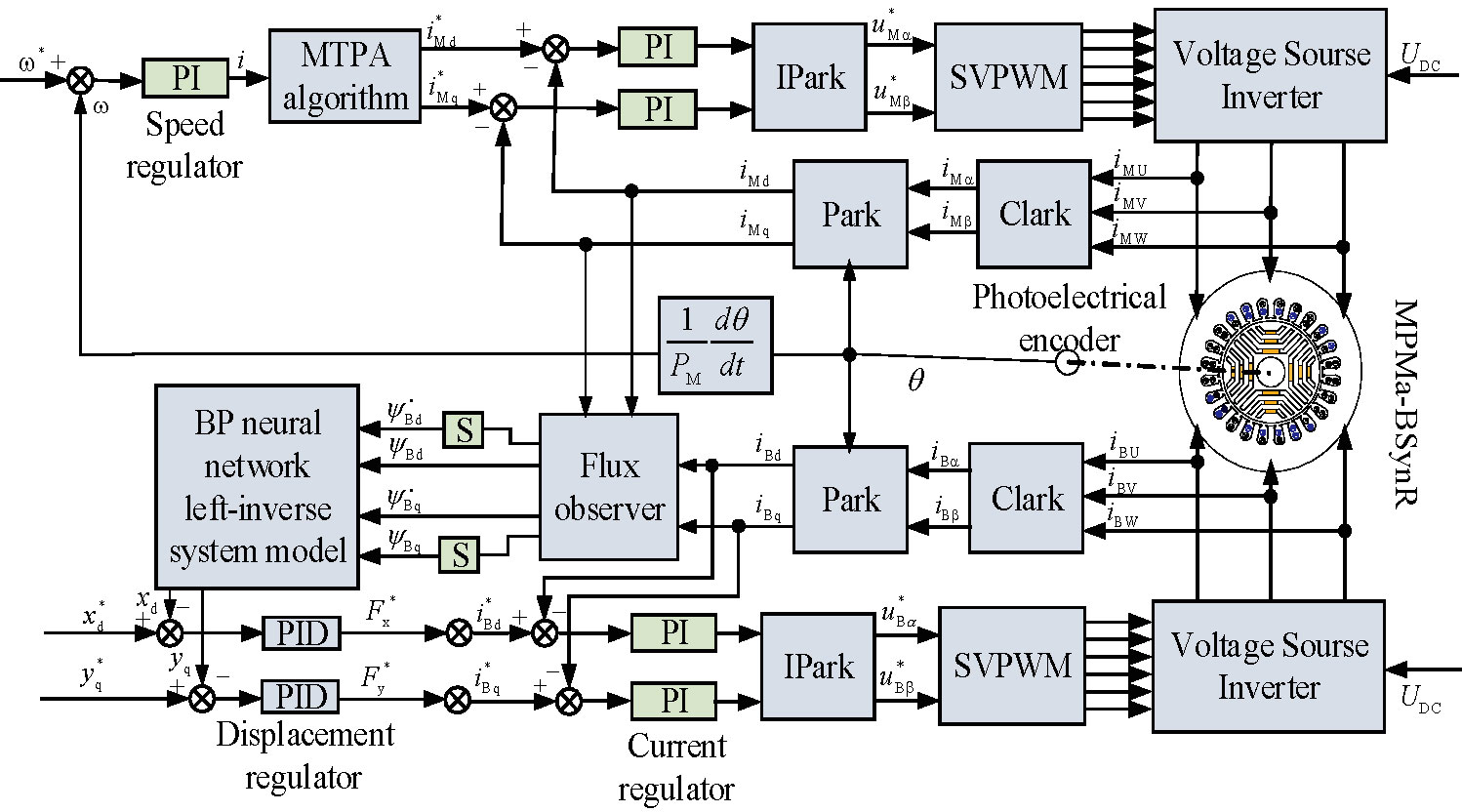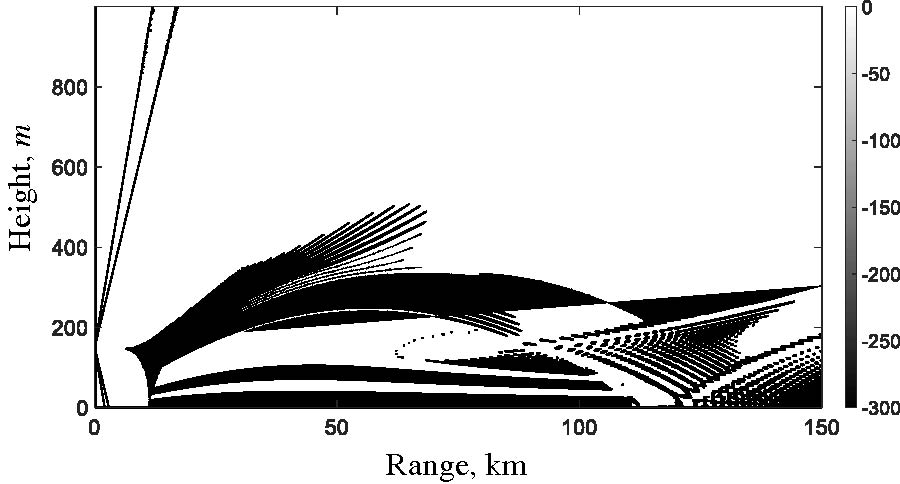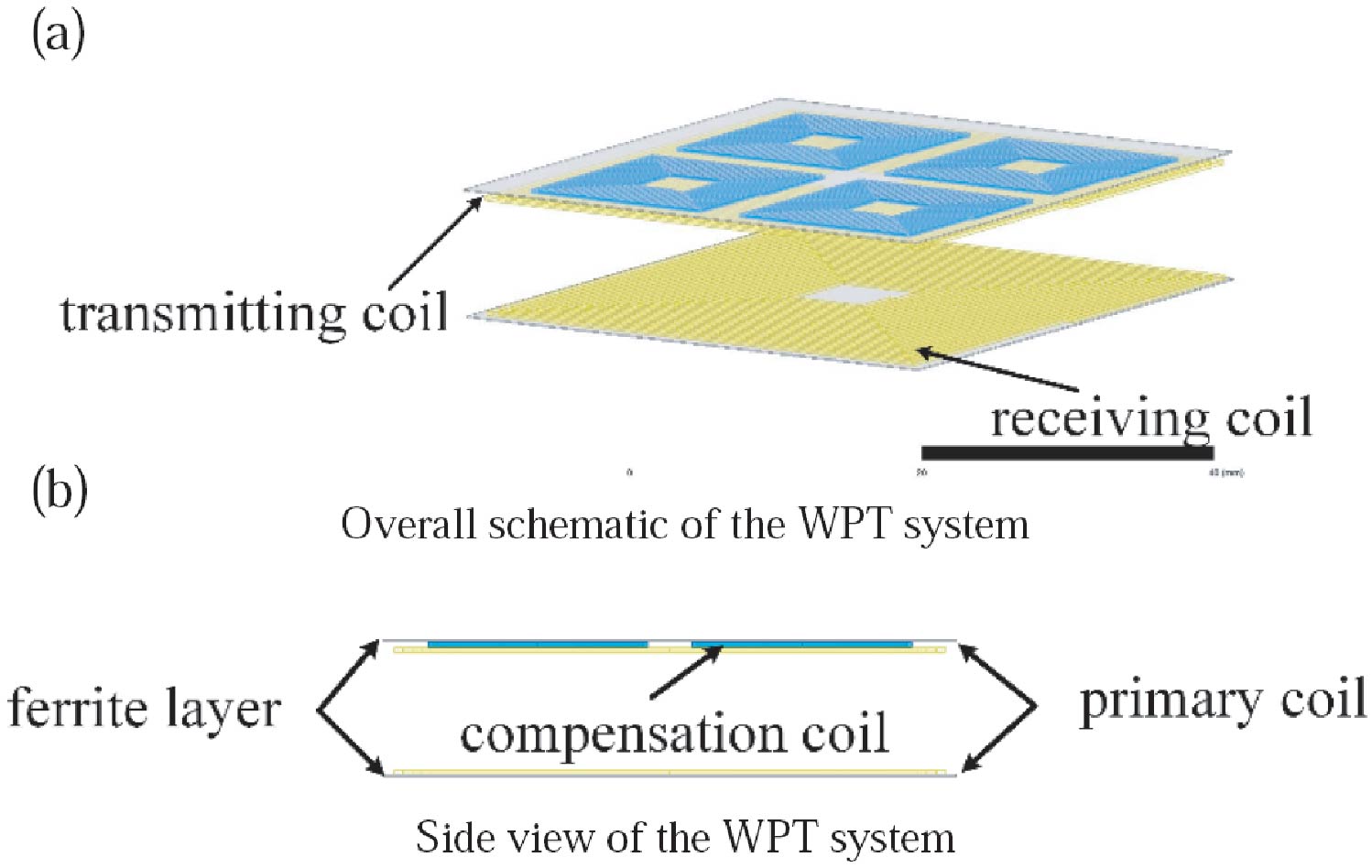Recent Trends in Compact Planar Antennas at 5G Sub-6 GHz and mmWave Frequency Bands for Automotive Wireless Applications: A Review
Ashish Kumar,
Mohammad Aljaidi,
Manpreet Singh,
Mohammed Sanad Alshammari,
Amjad A. Alsuwaylimi and
Sami M. Alenezi
5G wireless communication offers higher channel capacity, high data rate, sufficient bandwidth, enhanced coverage, and reliable link as compared to the previous generation mobile networks. Also, 5G becomes more relevant with the recent launches of low earth orbit satellites by various ventures like starlink, amazon, one web, etc. As these satellites have heights up to the range from 300 km to 1000 km, the free space path loss decreases drastically which in turn improves the signal reliability and efficient communication at dead spots. With these advancements, antenna researchers have the freedom to design compact, easy to manufacture, with adequate gain user equipment terminal antennas which can be easily integrated in the modern passenger car body. This paper will focus on the recent development in the design considerations of the compact antenna design at sub-6 GHz (n78 frequency band) and mm wave (n278 frequency band) according to 3gpp standards. This manuscript also discusses the various design specifications like selection of material for antennas, design complexity, feeding methods, fabrication and measurement challenges and performance parameters which include reflection coefficient, gain, polarization, axial ratio, cross polarization discrimination, radiation efficiency, radiation pattern shape, etc. The proposed antenna design considerations will facilitate the possible integration into the various parts of the car body according to the recent vehicular applications to uninterrupted communication.



















